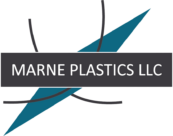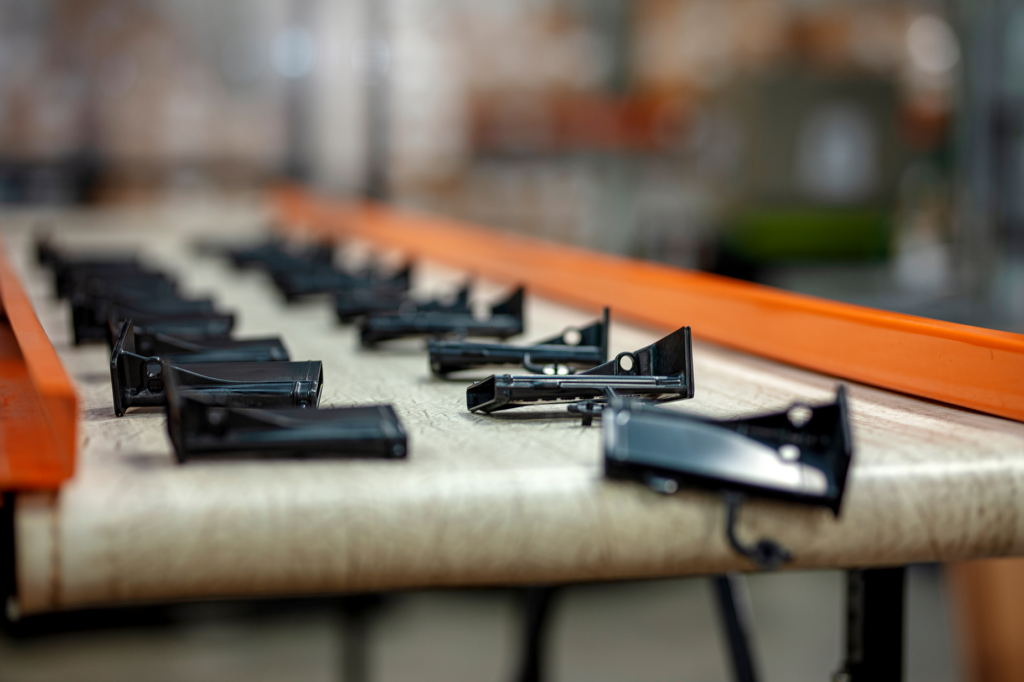When it comes to high-volume production, manufacturers need a process that’s efficient, scalable, and capable of delivering consistent quality across large quantities of parts. One such process that meets these criteria is injection molding. Whether you’re producing plastic parts for automotive, consumer goods, medical devices, or electronics, injection molding offers significant advantages that make it the go-to method for high-volume manufacturing.
Speed and Efficiency in Production
One of the primary reasons injection molding is perfect for high-volume production is its speed. Once the mold is designed, fabricated, and tested, the actual molding process is highly automated and efficient.
- Rapid Cycle Times: Injection molding machines can produce hundreds or even thousands of parts per hour, depending on the size and complexity of the mold. In some cases, parts can be produced in as little as a few seconds, which means large quantities of parts can be manufactured in a short amount of time.
- Automation: Injection molding processes are often highly automated, reducing human error, lowering labor costs, and improving consistency. The machines run continuously, with minimal downtime for mold changes or maintenance, making it an ideal solution for mass production.
This speed and efficiency make injection molding an attractive option for businesses that need to manufacture large quantities of parts quickly and reliably.
Consistent Quality and Precision
When you’re producing thousands or even millions of plastic parts, consistency and quality are paramount. Injection molding excels in maintaining high levels of precision and consistent product quality across large production runs.
- Tight Tolerances: Injection molding allows manufacturers to produce parts with tight tolerances—meaning each part will be virtually identical to the next. This is especially important for industries where precision is critical, such as automotive, medical devices, and electronics.
- Reduced Defects: The precision of the injection molding process minimizes defects like warping, shrinkage, or surface imperfections. Parts are molded to exact specifications, and any issues with a particular part can be traced back to the mold, allowing for quick adjustments.
In high-volume production, consistency is key, and injection molding ensures that the end product meets high-quality standards every time.
Cost-Effectiveness for Large Runs
While the initial investment in designing and manufacturing molds can be high, injection molding becomes extremely cost-effective when producing large quantities of plastic parts. The economies of scale in high-volume production significantly lower the per-unit cost, making it an attractive option for mass production.
- Low Cost Per Unit: Once the mold is created and set up, the cost to produce each individual part decreases drastically as the number of parts increases. This cost reduction makes injection molding one of the most affordable options for large-scale manufacturing.
- Material Efficiency: Injection molding is a highly material-efficient process. It allows for minimal waste, especially when using thermoplastics that can be recycled and reused. This reduces overall material costs and lowers environmental impact.
- Reduced Labor Costs: With much of the injection molding process automated, labor costs are minimized. Fewer human operators are needed, which can significantly reduce the overall cost of production.
These cost savings are especially beneficial for businesses that need to manufacture large quantities of parts but still want to maintain profitability.
Scalability for Growing Demands
Scalability is a major advantage of injection molding for high-volume production. Whether you’re producing a few thousand parts or millions, injection molding can easily scale to meet your growing demand. This flexibility is essential for businesses that anticipate changes in their production needs over time.
- Rapid Scaling: Injection molding is capable of quickly scaling up or down depending on demand. By optimizing production schedules and tweaking machine settings, manufacturers can adjust output levels to meet market fluctuations.
- Multiple Cavities for Increased Output: Molds can be designed with multiple cavities, meaning more than one part can be produced in a single cycle. This reduces cycle time and boosts overall output, allowing manufacturers to meet high-volume demand faster.
- Flexibility in Production Runs: Once the mold is set up, manufacturers can run it for extended periods with minimal supervision. This ensures that businesses can maintain consistent production even during off-hours or weekends.
For companies that anticipate increased production or seasonal demands, injection molding provides the scalability needed to adapt quickly and efficiently.
Material Versatility
Another key benefit of injection molding in high-volume production is the wide range of materials that can be used. From standard plastics like ABS and polypropylene to specialty materials like glass-filled nylons or elastomers, the injection molding process can accommodate various material types to meet specific performance or aesthetic needs.
- Thermoplastics: Common thermoplastics like ABS, polycarbonate, and nylon can be used for injection molding, each offering unique properties such as impact resistance, durability, or high heat resistance.
- Composite Materials: For applications that require additional strength or rigidity, materials like carbon-fiber-reinforced plastics or glass-filled nylons can be molded.
- Custom Materials: Businesses can also work with manufacturers like Marne Plastics to develop custom material blends to meet specialized requirements, such as UV stability, flame retardancy, or medical-grade properties.
This material versatility ensures that no matter the application, injection molding can produce parts that meet the specific physical, chemical, and aesthetic properties required for each project.
Minimal Waste and Sustainability
Sustainability is an increasing concern for manufacturers and consumers alike. With the growing emphasis on reducing environmental impact, injection molding stands out as an environmentally friendly manufacturing process, particularly for high-volume production.
- Material Recycling: Thermoplastic materials used in injection molding can often be recycled, which means excess material, runners, and sprues can be reprocessed and reused in future runs, reducing waste.
- Reduced Scrap: The precision of the injection molding process ensures that fewer parts are rejected due to defects, minimizing waste during production.
For businesses looking to enhance their sustainability efforts, injection molding provides a low-waste, energy-efficient solution for mass production.

